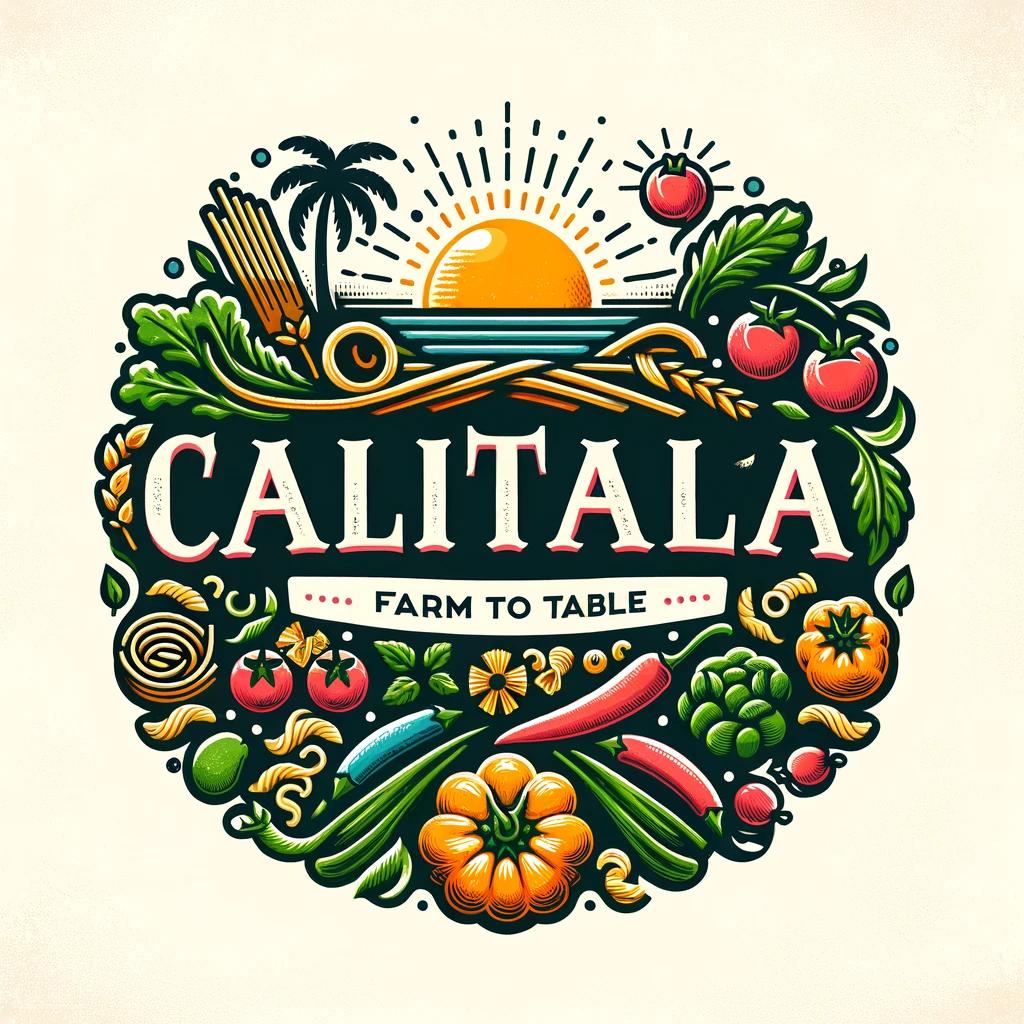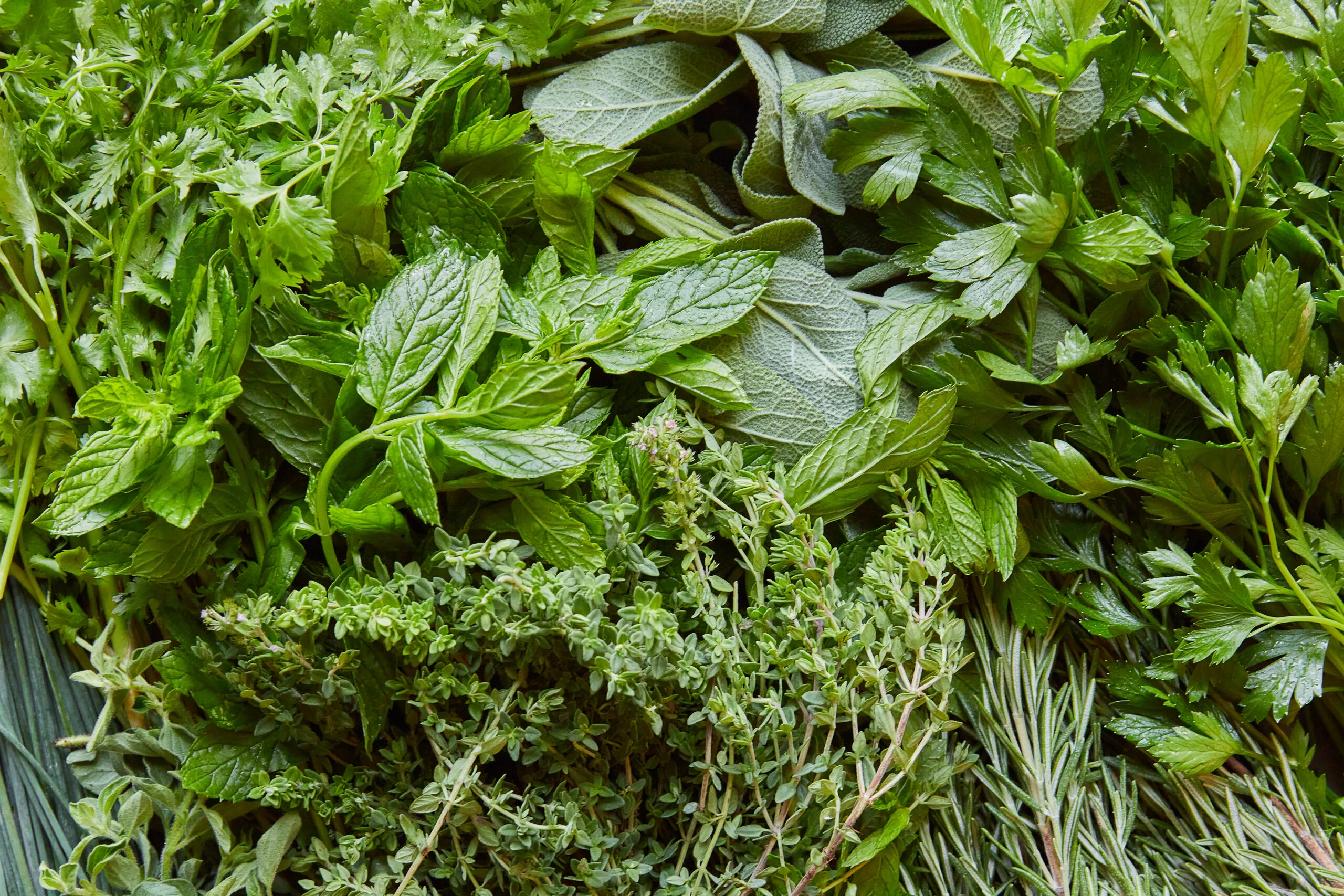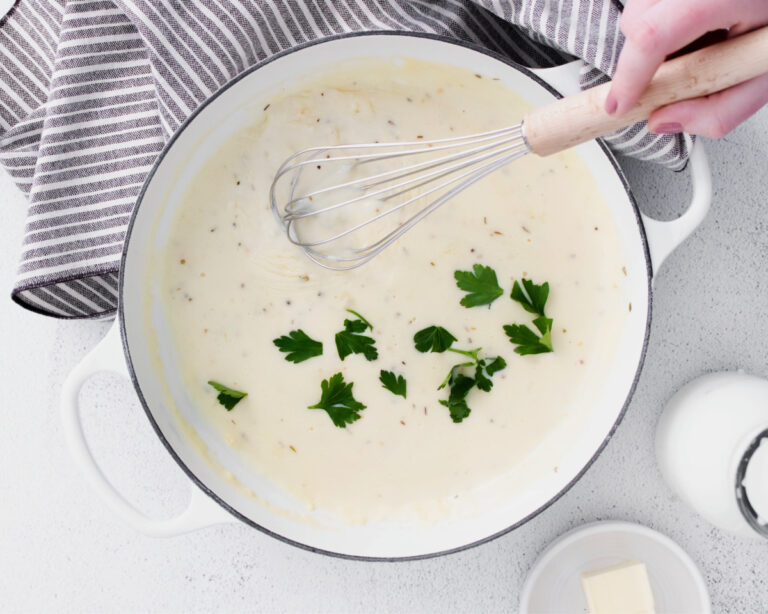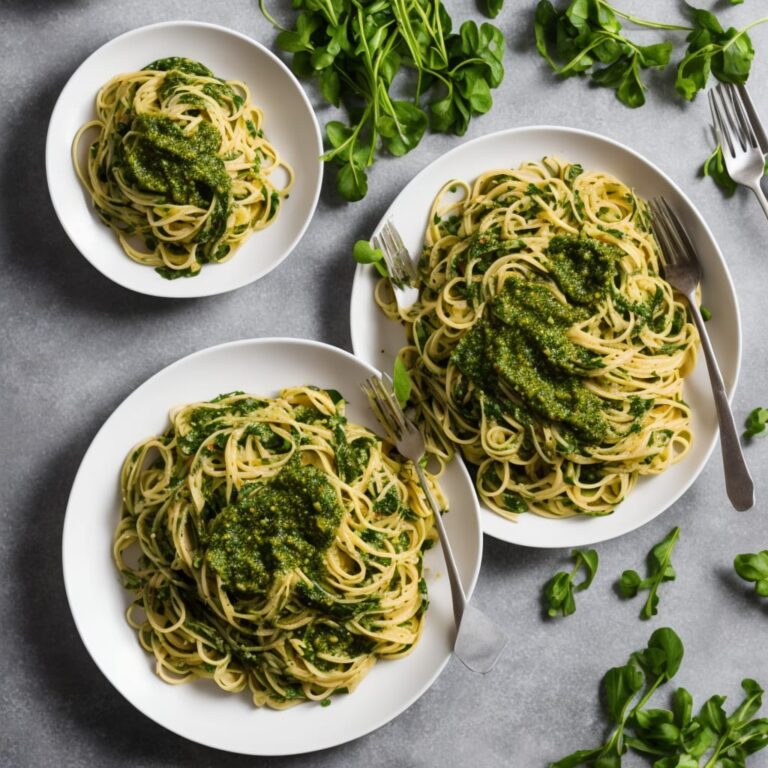Butter sauces are a classic component of many dishes, offering a rich and creamy texture that complements a variety of foods. To elevate the flavor of your butter sauces, incorporating fresh herbs is a fantastic approach. Fresh herbs add vibrant flavors, delightful aromas, and a touch of color to your culinary creations.
This comprehensive guide will delve into the best fresh herbs to use in butter sauces, how to utilize them effectively, tips on growing your own herbs, and methods for preserving them to enjoy their freshness all year round.
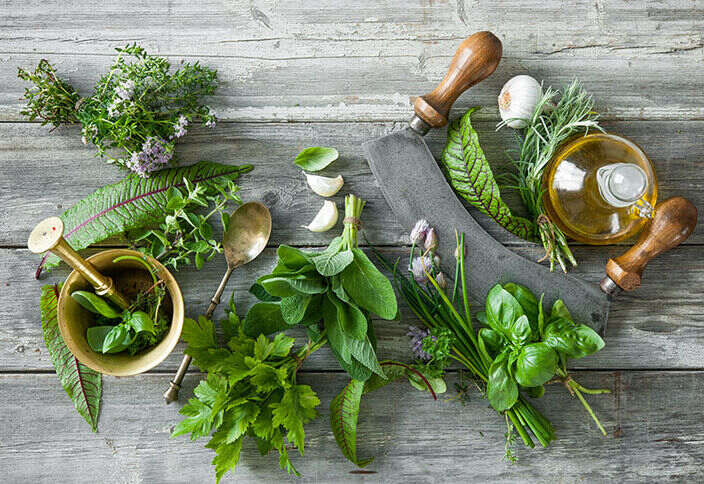
Common Herbs
Basil
Basil is a fragrant herb that pairs exceptionally well with butter. Its sweet and slightly peppery flavor is a staple in many Mediterranean dishes. Basil can be finely chopped and added to melted butter for a simple yet flavorful sauce that works wonderfully with pasta, vegetables, and seafood. The herb’s vibrant green color also enhances the visual appeal of your dishes. Basil butter can be used to finish a tomato-based pasta, drizzled over grilled chicken, or stirred into risotto for an extra layer of flavor.
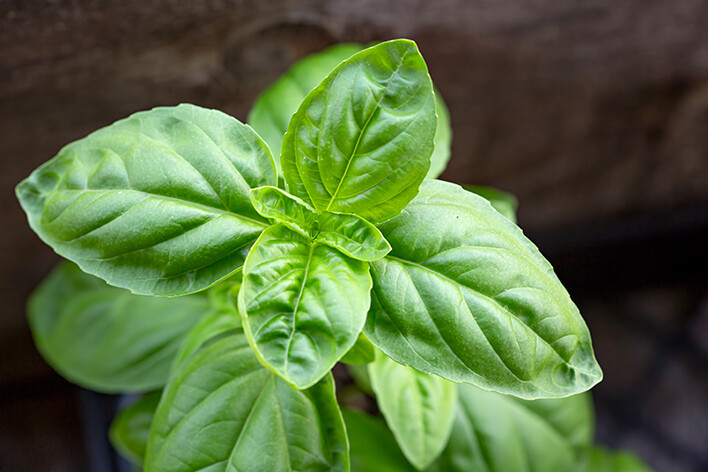
Parsley
Parsley, with its fresh and slightly peppery taste, is another versatile herb that enhances butter sauces. It is often used as a garnish, but when incorporated into a butter sauce, parsley brings a light, refreshing flavor that balances the richness of the butter. Both flat-leaf and curly parsley are suitable, though flat-leaf parsley is generally preferred for its stronger flavor. Parsley butter can elevate simple steamed vegetables, bring freshness to fish dishes, or serve as a vibrant green finishing touch on a warm baguette.
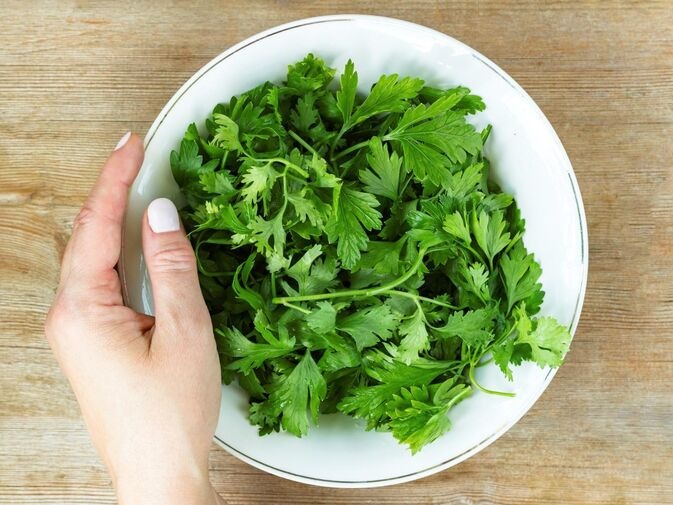
Thyme
Thyme has a subtle, earthy flavor with hints of lemon and mint, making it an excellent herb for butter sauces. It pairs well with a variety of ingredients, including poultry, fish, and vegetables. Thyme leaves can be stripped from the stems and finely chopped before adding to melted butter. This herb is particularly well-suited for compound butters, which can be used to top steaks or roasted vegetables. Thyme butter is also fantastic on roasted potatoes, providing a warm, herbaceous note that complements their crispy texture.
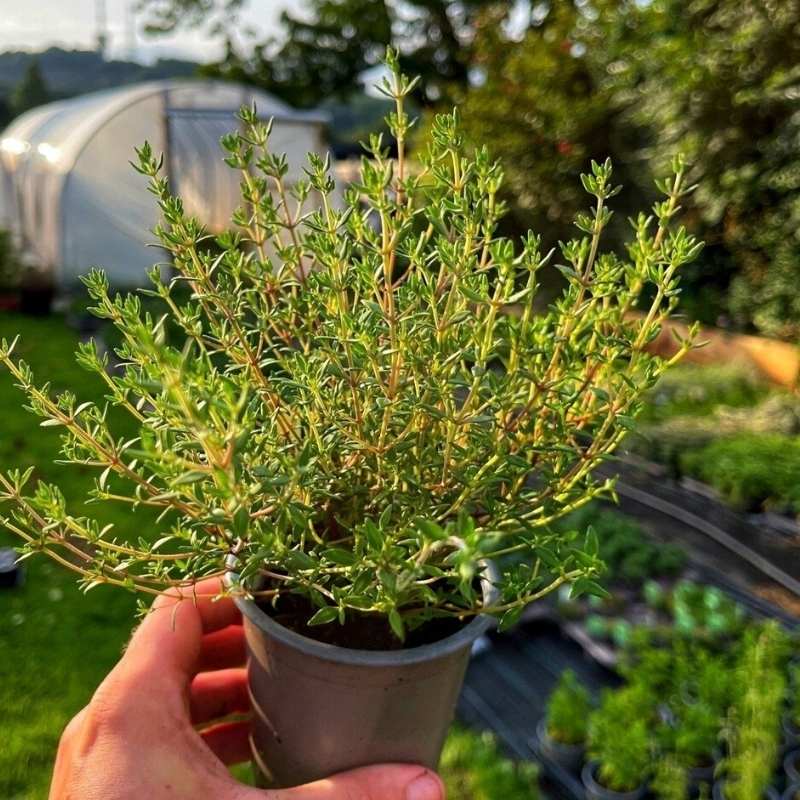
Chives
Chives, with their mild onion-like flavor, are perfect for adding a delicate touch to butter sauces. They can be snipped into small pieces and mixed into softened butter for a quick and easy sauce. Chive butter is a fantastic addition to baked potatoes, grilled fish, and steamed vegetables. The light onion flavor of chives pairs particularly well with dairy, making chive butter an excellent choice for spreading on warm, freshly baked bread or melting over a savory omelet.
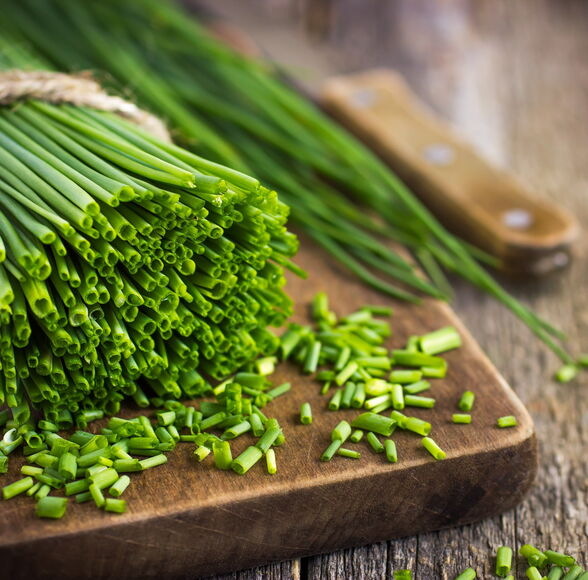
Dill
Dill offers a unique flavor that is both sweet and slightly tangy, with a hint of anise. This herb pairs exceptionally well with fish and seafood dishes. Dill can be finely chopped and mixed into melted butter to create a sauce that complements the delicate flavors of salmon, shrimp, and other seafood. Dill butter is also a great addition to steamed or roasted vegetables, lending a fresh, bright note that enhances their natural flavors. Try dill butter on roasted carrots or stirred into a creamy potato salad for an unexpected twist.
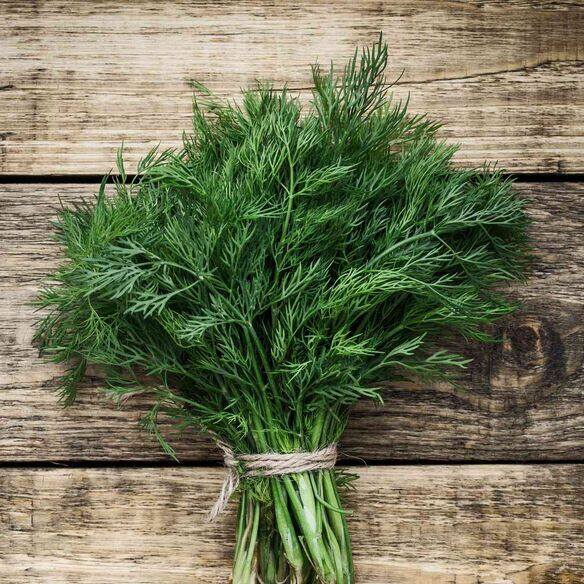
Tarragon
Tarragon is known for its distinctive anise-like flavor, which adds a sophisticated touch to butter sauces. This herb pairs well with chicken, fish, and egg dishes. Tarragon butter can be made by blending fresh, finely chopped tarragon leaves into softened butter, creating a luxurious sauce that enhances a variety of dishes. Tarragon butter is particularly delicious on grilled or roasted chicken, adding a rich, aromatic quality that elevates the dish. It can also be used to finish a classic Béarnaise sauce, giving it an extra depth of flavor.
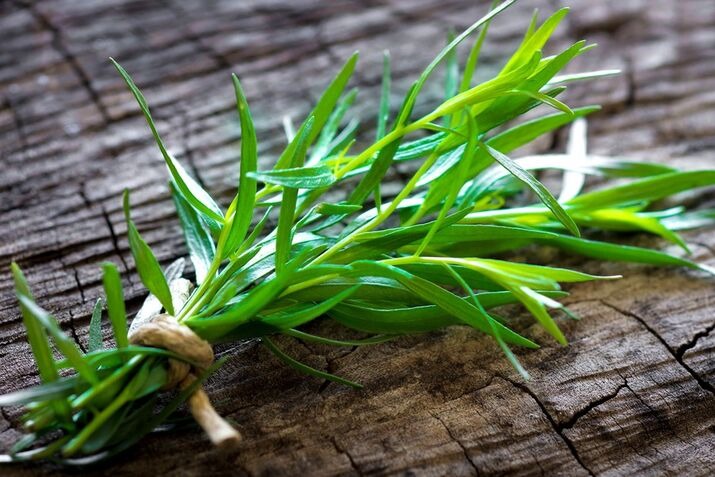
Oregano
Oregano has a robust, slightly bitter flavor that works well in heartier butter sauces. It is often used in Italian and Greek cuisine, and its bold taste pairs well with meats, tomato-based dishes, and grilled vegetables. Fresh oregano can be chopped and added to butter to create a sauce that adds depth and richness to your meals. Oregano butter is excellent on grilled lamb, mixed into marinades, or melted over roasted tomatoes to enhance their natural sweetness and acidity.
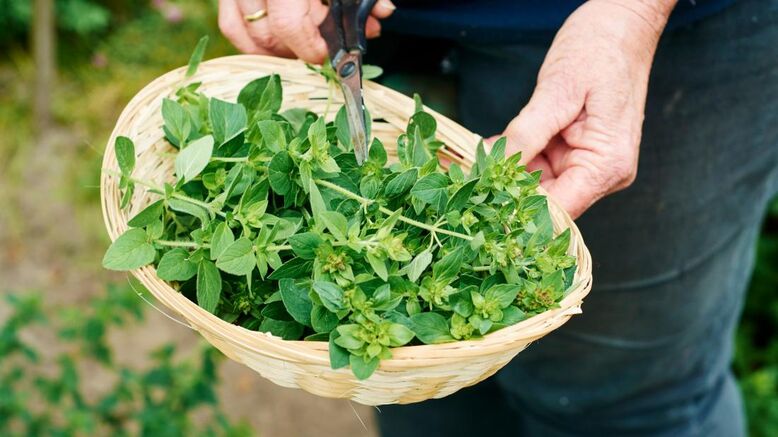
How to Use Fresh Herbs
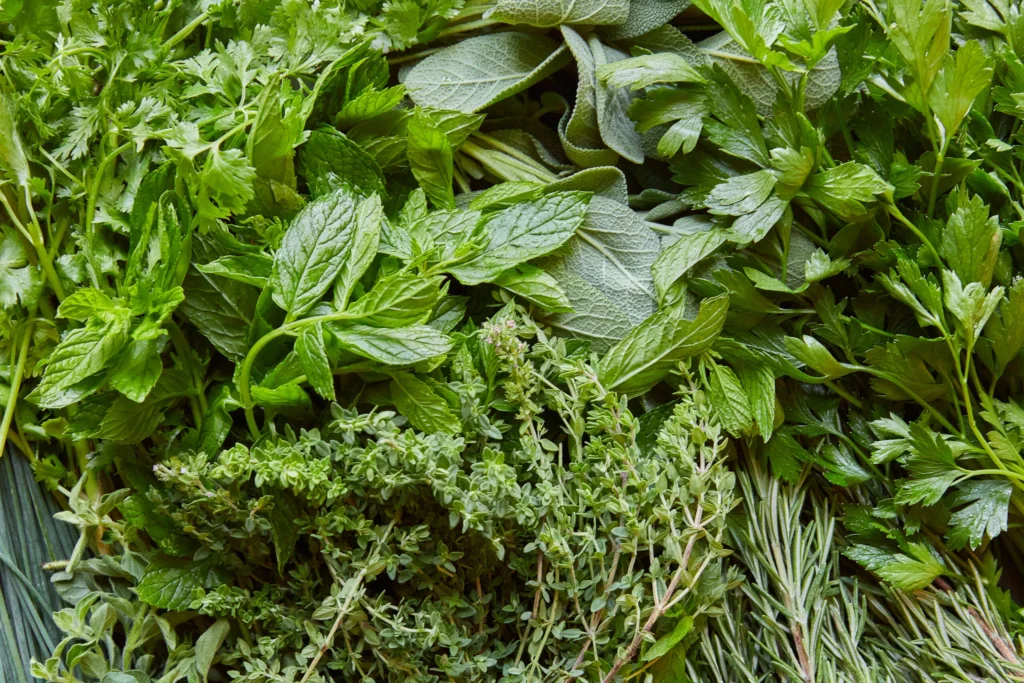
Choosing the Right Herbs
Selecting the right herbs for your butter sauce depends on the dish you are preparing and your personal taste preferences. Delicate herbs like basil and parsley work well with lighter dishes, while more robust herbs like thyme and oregano are suited for heartier fare. Experimenting with different herb combinations can lead to discovering new favorite flavors. Consider the main ingredients in your dish and select herbs that complement them. For instance, dill pairs wonderfully with seafood, while tarragon is excellent with chicken.
Chopping and Preparing Herbs
Properly preparing herbs is essential to maximize their flavor. Fresh herbs should be washed thoroughly to remove any dirt or pesticides. After washing, gently pat them dry with a paper towel. For most herbs, removing the leaves from the stems is recommended, as stems can be tough and woody. Finely chop the leaves to release their essential oils, enhancing their flavor in the butter sauce. Use a sharp knife to avoid bruising the herbs, which can lead to a loss of flavor. For delicate herbs like basil and parsley, use a rocking motion with the knife to preserve their freshness and prevent them from turning dark.
Infusing Butter with Herbs
To infuse butter with herbs, start by melting butter in a saucepan over low heat. Add the chopped herbs and allow them to cook gently in the butter for a few minutes. This process helps to release the flavors and aromas of the herbs into the butter. Be careful not to let the butter brown, as this can alter the flavor. Once infused, the herb butter can be used immediately or stored for later use. Infused butter can be strained to remove the herb pieces if a smoother texture is desired, or the herbs can be left in for added visual appeal and texture.
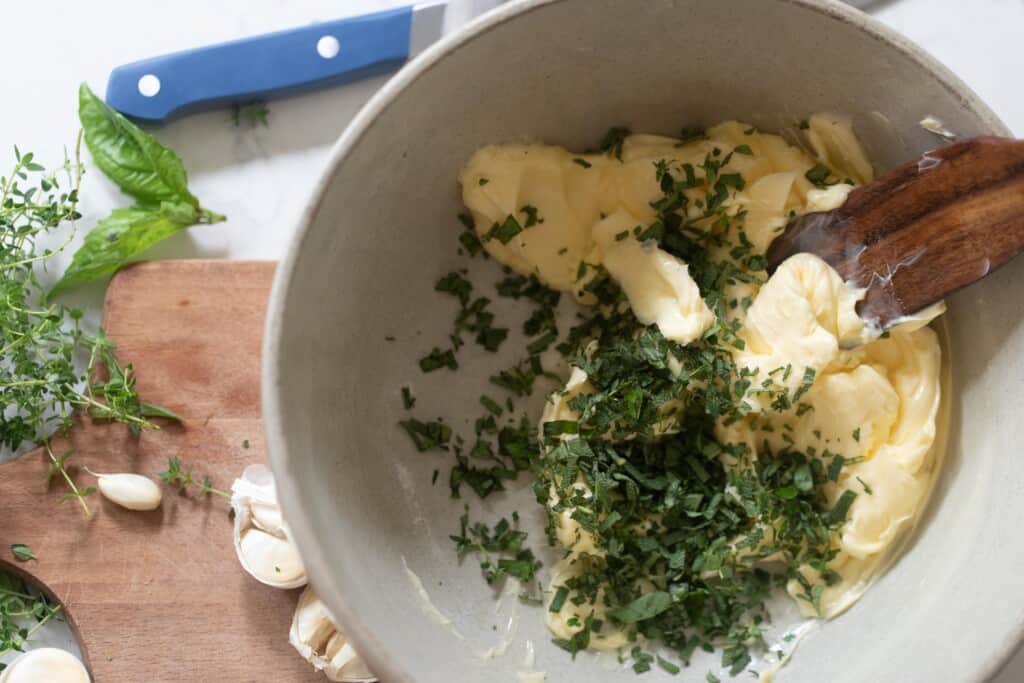
Creating Compound Butters
Compound butters are a great way to incorporate fresh herbs into your cooking. To make compound butter, soften unsalted butter at room temperature and mix in finely chopped herbs, along with any other desired ingredients such as garlic, lemon zest, or spices. Once well combined, shape the butter into a log using parchment paper and refrigerate until firm. Compound butters can be sliced and used to finish dishes, adding a burst of flavor. Compound butters can also be customized with various herbs and spices to suit different dishes, creating endless possibilities for enhancing your meals.
Pairing Herbs with Ingredients
Understanding how different herbs pair with various ingredients can help you create well-balanced butter sauces. For example, basil pairs well with tomatoes, mozzarella, and garlic, making it perfect for Italian-inspired dishes. Parsley is versatile and complements most vegetables, fish, and poultry. Thyme is great with roasted meats, mushrooms, and root vegetables. Dill is ideal for seafood, cucumbers, and potatoes, while tarragon pairs beautifully with eggs, chicken, and mustard-based sauces. Experimenting with these pairings can help you find the perfect herb combinations for your butter sauces.
Growing Your Own Herbs
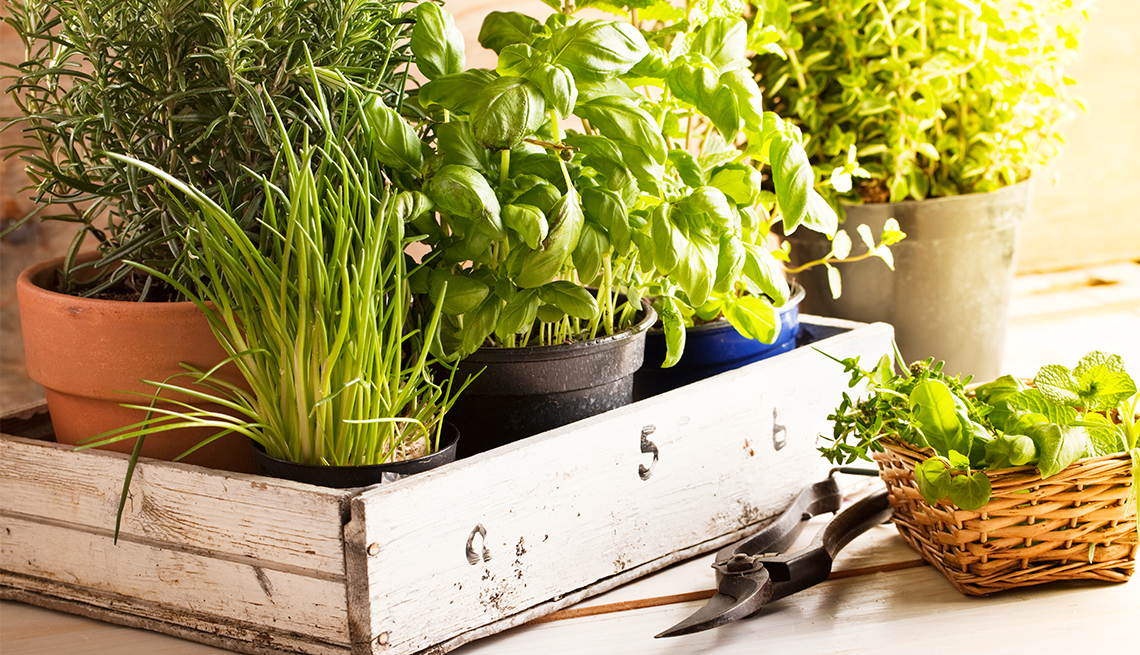
Selecting Herbs to Grow
Growing your own herbs is a rewarding way to ensure a steady supply of fresh ingredients for your butter sauces. Common culinary herbs such as basil, parsley, thyme, chives, dill, tarragon, and oregano are relatively easy to grow and maintain. Consider the climate and growing conditions in your area when selecting herbs to plant. Some herbs, like basil, thrive in warm, sunny conditions, while others, like parsley and chives, can tolerate partial shade.
Planting and Care
Herbs can be grown in garden beds, containers, or even on a sunny windowsill. Most herbs require well-drained soil and plenty of sunlight to thrive. Watering needs vary depending on the herb and growing conditions, but generally, herbs should be watered when the top inch of soil feels dry to the touch. Regularly trimming herbs encourages healthy growth and prevents them from becoming leggy. Using a good-quality potting mix and providing adequate drainage is essential for container-grown herbs. Mulching around the base of the plants can help retain moisture and suppress weeds.
Harvesting Herbs
To harvest herbs, snip the stems just above a set of leaves using sharp scissors or pruning shears. Harvesting in the morning, after the dew has dried but before the sun is too strong, ensures the best flavor. Regular harvesting promotes new growth and keeps the plants healthy. For perennial herbs like thyme and oregano, be sure to leave enough foliage on the plant to ensure continued growth. Annual herbs like basil and dill can be harvested more heavily throughout the growing season.
Indoor Herb Gardens
For those with limited outdoor space, indoor herb gardens are a fantastic option. Herbs can be grown in small pots placed on a sunny windowsill or under grow lights. Indoor herb gardens require the same basic care as outdoor gardens, with attention to light, water, and occasional fertilizing. Choosing compact varieties or dwarf cultivars can help maximize space in an indoor garden. Regularly rotating the pots can ensure even growth, as plants may lean towards the light source.
Companion Planting
Companion planting is the practice of growing certain plants together to benefit each other. Herbs can be excellent companions for many vegetables and flowers, helping to repel pests and improve growth. For example, basil planted alongside tomatoes can help deter aphids and enhance the tomatoes’ flavor. Thyme and oregano are good companions for cabbages, as they can help repel cabbage moths. Understanding these relationships can help create a more productive and healthy garden.
Preserving Fresh Herbs
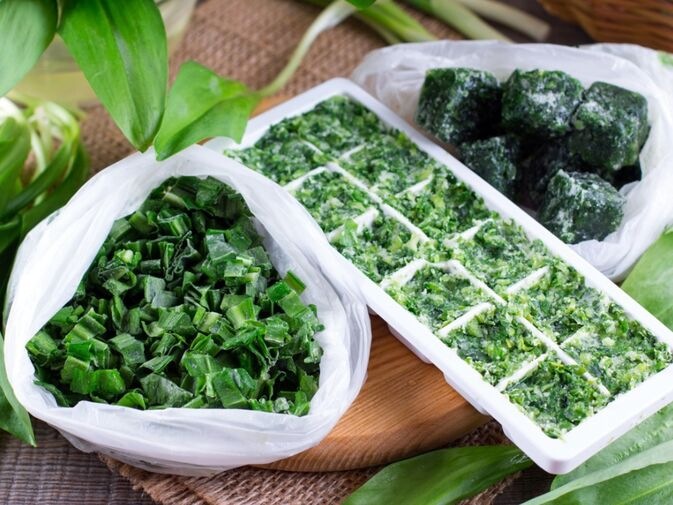
Freezing Herbs
Freezing is an effective way to preserve the flavor of fresh herbs for use in butter sauces throughout the year. To freeze herbs, wash and dry them thoroughly, then chop them finely. Spread the chopped herbs on a baking sheet and freeze until solid. Once frozen, transfer the herbs to an airtight container or freezer bag. Alternatively, herbs can be frozen in ice cube trays with a bit of water or olive oil, creating convenient portions to add to sauces. Freezing herbs in oil can help preserve their color and flavor better than freezing in water alone.
Drying Herbs
Drying is another method to preserve herbs, though it can cause some loss of flavor compared to freezing. To dry herbs, bundle several stems together and hang them upside down in a well-ventilated, dark area. Once completely dry, remove the leaves from the stems and store them in an airtight container. Dried herbs can be used in butter sauces, though the flavor will be less intense than fresh herbs. To retain the most flavor, store dried herbs in a cool, dark place away from direct sunlight and moisture.
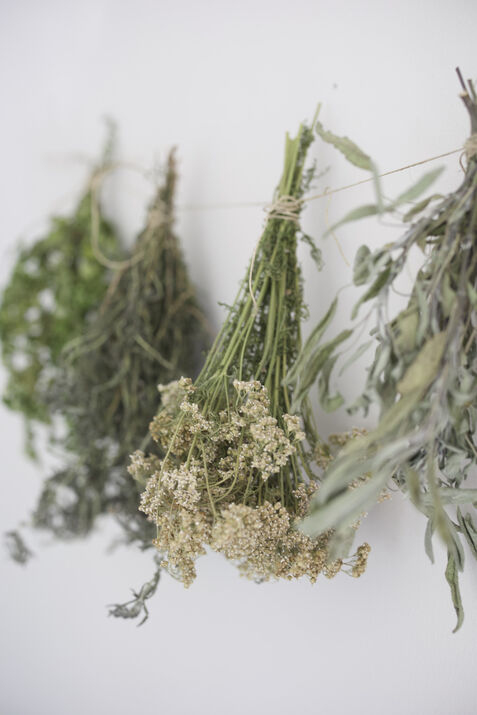
Storing Fresh Herbs
To keep fresh herbs for as long as possible, store them properly. Soft herbs like basil and parsley can be placed in a glass of water, similar to cut flowers, and covered loosely with a plastic bag in the refrigerator. Hard herbs like thyme and rosemary can be wrapped in a damp paper towel and placed in a plastic bag in the refrigerator. Proper storage helps maintain the herbs’ freshness and flavor. For longer storage, consider vacuum sealing fresh herbs or using special herb storage containers designed to keep herbs fresh.
Making Herb Butter for Freezing
Herb butter can be made in advance and frozen for future use. Prepare the butter by mixing softened butter with finely chopped herbs. Shape the butter into a log, wrap it tightly in plastic wrap, and place it in the freezer. When needed, slice off a portion of the herb butter to add to your sauces. This method ensures you always have flavorful butter ready to enhance your dishes. Herb butter can also be portioned into ice cube trays for easy access to single servings, making it convenient to add to sauces, vegetables, or grilled meats.
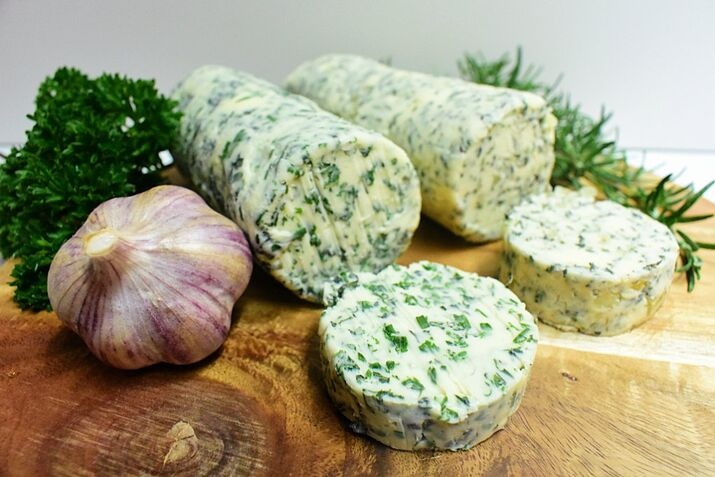
Using Preserved Herbs
When using preserved herbs in butter sauces, it’s important to adjust the quantities to account for differences in flavor intensity. Dried herbs are more concentrated than fresh herbs, so you’ll need to use less. As a general rule, one teaspoon of dried herbs is equivalent to one tablespoon of fresh herbs. For frozen herbs, use them as you would fresh, though they may have a slightly softer texture after thawing. Preserved herbs can still provide excellent flavor and aroma to your butter sauces, ensuring that you can enjoy your favorite dishes year-round.
FAQ
Conclusion
Incorporating fresh herbs into butter sauces is a simple yet effective way to elevate the flavor of your dishes. Whether you choose basil, parsley, thyme, or any other herb, the freshness and vibrant flavors they bring can transform a basic butter sauce into something extraordinary. Growing your own herbs ensures a steady supply of fresh ingredients, while proper preservation methods allow you to enjoy their flavors year-round. Experiment with different herbs and techniques to find your perfect butter sauce combination, and savor the delicious results.
Disclosure: Our blog contains affiliate links to products. We may receive a commission for purchases made through these links. However, this does not impact our reviews and comparisons. We try our best to keep things fair and balanced, in order to help you make the best choice for you.
